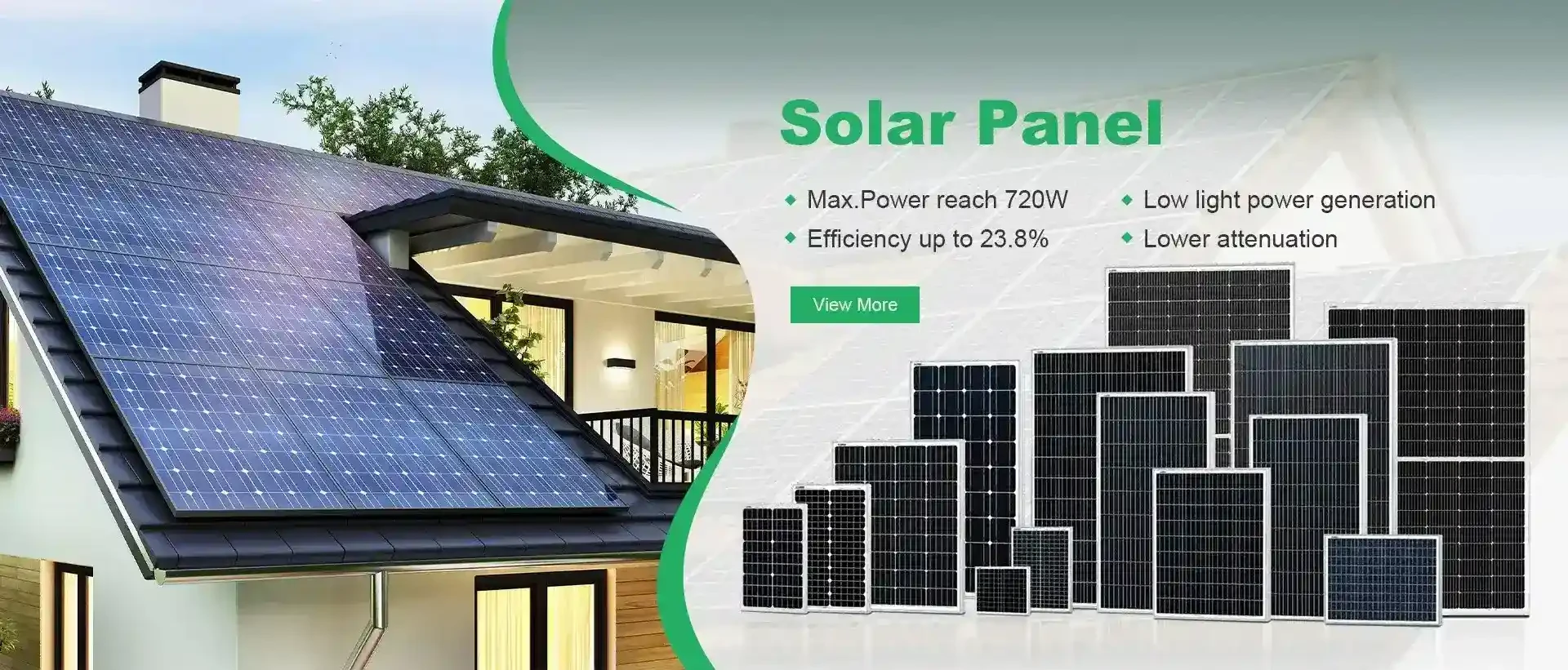bifacial solar system
The Benefits and Future of Bifacial Solar Systems
In the quest for sustainable energy solutions, solar power has emerged as a leading player in reducing carbon footprints and combating climate change. Bifacial solar systems, a cutting-edge advancement in solar technology, are now at the forefront of this energy revolution. These systems, which utilize solar panels designed to capture sunlight on both sides, present numerous advantages over traditional monofacial systems, making them an increasingly popular choice for solar installations worldwide.
Understanding Bifacial Solar Technology
Bifacial solar panels are designed to harness solar energy from both the front and rear surfaces. The front side absorbs direct sunlight, while the rear side captures reflected light from the ground and surrounding surfaces. This dual functionality allows bifacial systems to generate more electricity than their monofacial counterparts. By leveraging albedo—the measure of how much light that hits a surface is reflected—bifacial panels can extract additional energy, particularly in environments with high reflectivity such as snowy areas or deserts, where sunlight can be reflected back onto the panels.
Higher Energy Yield and Efficiency
One of the primary advantages of bifacial solar systems is their superior energy yield. Research indicates that bifacial panels can increase energy generation by 10-30% compared to monofacial panels, depending on installation conditions and geographical locations. This increased output is particularly beneficial for large-scale solar farms, where maximizing energy production can substantially improve the return on investment. Additionally, bifacial solar panels often demonstrate better performance in low-light conditions, further enhancing their efficiency during cloudy days or dawn and dusk.
Longevity and Durability
Bifacial solar systems are typically more durable and have longer lifespans than traditional panels. Many bifacial models are designed with glass on both sides, reducing the risk of damage from environmental factors like hail, wind, and snow. This enhanced durability not only decreases replacement costs but also contributes to lower maintenance expenses over the lifespan of the system. Many manufacturers offer warranties of up to 30 years on bifacial panels, underscoring their long-term reliability.
bifacial solar system

Installation Flexibility and Versatility
Another significant benefit of bifacial solar technology is its installation flexibility. Bifacial panels can be mounted on various structures and surfaces, including rooftops, ground-mounted systems, and solar carports. They can also be incorporated into vertical installations, which is particularly advantageous in urban areas where space is limited. Furthermore, the design of bifacial systems allows for innovative configurations, such as dual-axis tracking systems, which can further optimize exposure to sunlight and enhance energy production.
Challenges and Considerations
Despite their many benefits, bifacial solar systems are not without challenges. The initial investment can be higher than that of traditional systems, leading some potential adopters to hesitate. Additionally, the benefits of bifacial technology largely depend on site conditions, including geographic location, installation height, and the reflectivity of the surrounding area. Therefore, a thorough site analysis is essential before proceeding with a bifacial installation.
The Future of Bifacial Solar Systems
As the global demand for renewable energy continues to rise, bifacial solar technology is poised for significant growth. Innovations in panel design, installation techniques, and energy storage solutions will likely drive the expansion of this technology. Government incentives and increasing awareness of sustainable practices will further prompt businesses and homeowners to consider bifacial systems as a viable option for energy generation.
In conclusion, bifacial solar systems represent a promising frontier in solar energy technology. With their ability to capture more sunlight, enhance energy production, and offer long-term reliability, they are set to play an essential role in the transition to a more sustainable energy future. As research and development continue to advance, bifacial solar panels may soon become a standard choice for solar installations around the globe, paving the way for a greener planet.
-
Unlocking Energy Freedom with the Off Grid Solar InverterNewsJun.06,2025
-
Unlock More Solar Power with a High-Efficiency Bifacial Solar PanelNewsJun.06,2025
-
Power Your Future with High-Efficiency Monocrystalline Solar PanelsNewsJun.06,2025
-
Next-Gen Solar Power Starts with Micro Solar InvertersNewsJun.06,2025
-
Harnessing Peak Efficiency with the On Grid Solar InverterNewsJun.06,2025
-
Discover Unmatched Efficiency with the Latest String Solar InverterNewsJun.06,2025







